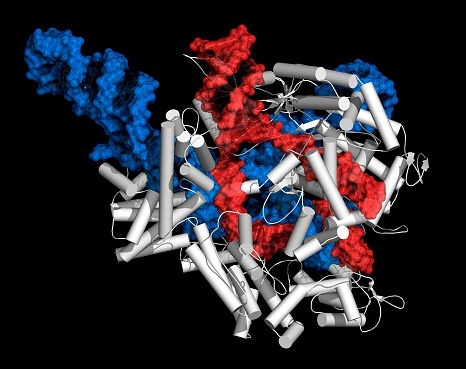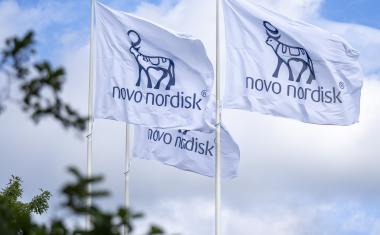Australia grants Merck KGaA CRISPR Patent

The Australian Patent Office has granted an application by Germany’s Merck KGaA to patent the use of paired CRISPR nickases.
The Darmstadt-based group said, these “represent a significant step in increasing safety by driving specificity through a highly flexible and efficient approach to reduce off-target effects.” The method is said to improve CRISPR’s ability to fix diseased genes while not affecting healthy ones.
The patent covers a foundational CRISPR strategy in which two CRISPR nickases are targeted to a common gene target and work together by nicking or cleaving opposite strands of chromosomal sequence to create a double-stranded break.
This process, Merck said, can optionally include an exogenous or donor sequence for insertion in the same manner as its patented CRISPR integration technology, adding that the requirement of two CRISPR binding events greatly reduces the chances of off-target cutting at other locations in the genome.
In addition to allowing a patent application on paired nickases, the Australian Patent Office recently announced the formal grant of Merck’s 2017 CRISPR integration patent, following withdrawal of four independent, anonymously filed papers opposing it.
The pharmaceuticals and chemicals group’s integration patent portfolio includes patents in Australia, Canada, China, Europe, Israel, Singapore and South Korea. These are directed to chromosomal integration, or cutting of the sequence of eukaryotic cells, and insertion of a synthetic exogenous DNA sequence to make a desired genomic change.
“We have made tremendous strides in evolving CRISPR technology, and this is a pivotal time in scientific research,” said Udit Batra, member of the executive board, and CEO, Life Science. He said the group’s paired nickase CRISPR technology is important for researchers who need highly accurate methods when developing treatments for difficult-to-treat diseases.
Merck’s paired CRISPR nickase methods build on other technologies in its CRISPR patent portfolio, including CRISPR integration. It licenses this portfolio for all fields of use, as “commercial organizations need Merck’s intellectual property for CRISPR-based insertion of DNA if they seek to correct genetic defects in the somatic cells of gene therapy patients.
The paired nickase CRISPR technology is important for researchers who need highly accurate methods when developing treatments for difficult-to-treat disease, said Udit Batra, member of the Merck executive board, and CEO, Life Science.
Merck lays claim to being the first to offer custom biomolecules for genome editing globally, driving adoption of these techniques by researchers all over the world. Batra said, adding that the German player was also the first to manufacture arrayed CRISPR libraries covering the entire human genome, accelerating disease cures by allowing scientists to explore more questions about root causes.
In addition to basic genome-editing research, Merck supports development of gene- and cell-based therapeutics and manufactures viral vectors. In 2016, it launched a genome-editing initiative aimed at advancing research in novel modalities –from genome editing to gene medicine manufacturing with a dedicated team and enhanced resources.
To address legal and societal concerns about genome-editing technologies, the group has established a Bioethics Advisory Panel to provide guidance for research in which its businesses are involved, including research on or using genome editing. It also has defined what it says is a “clear operational position” taking into account scientific and societal issues to inform promising therapeutic approaches for use in research and applications.
















